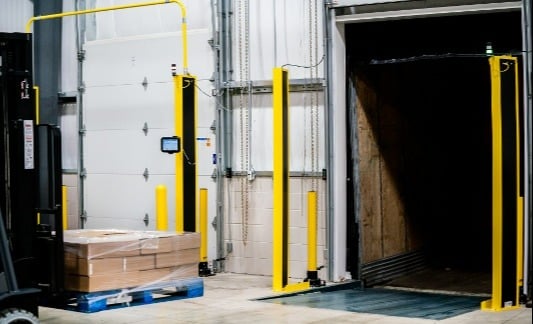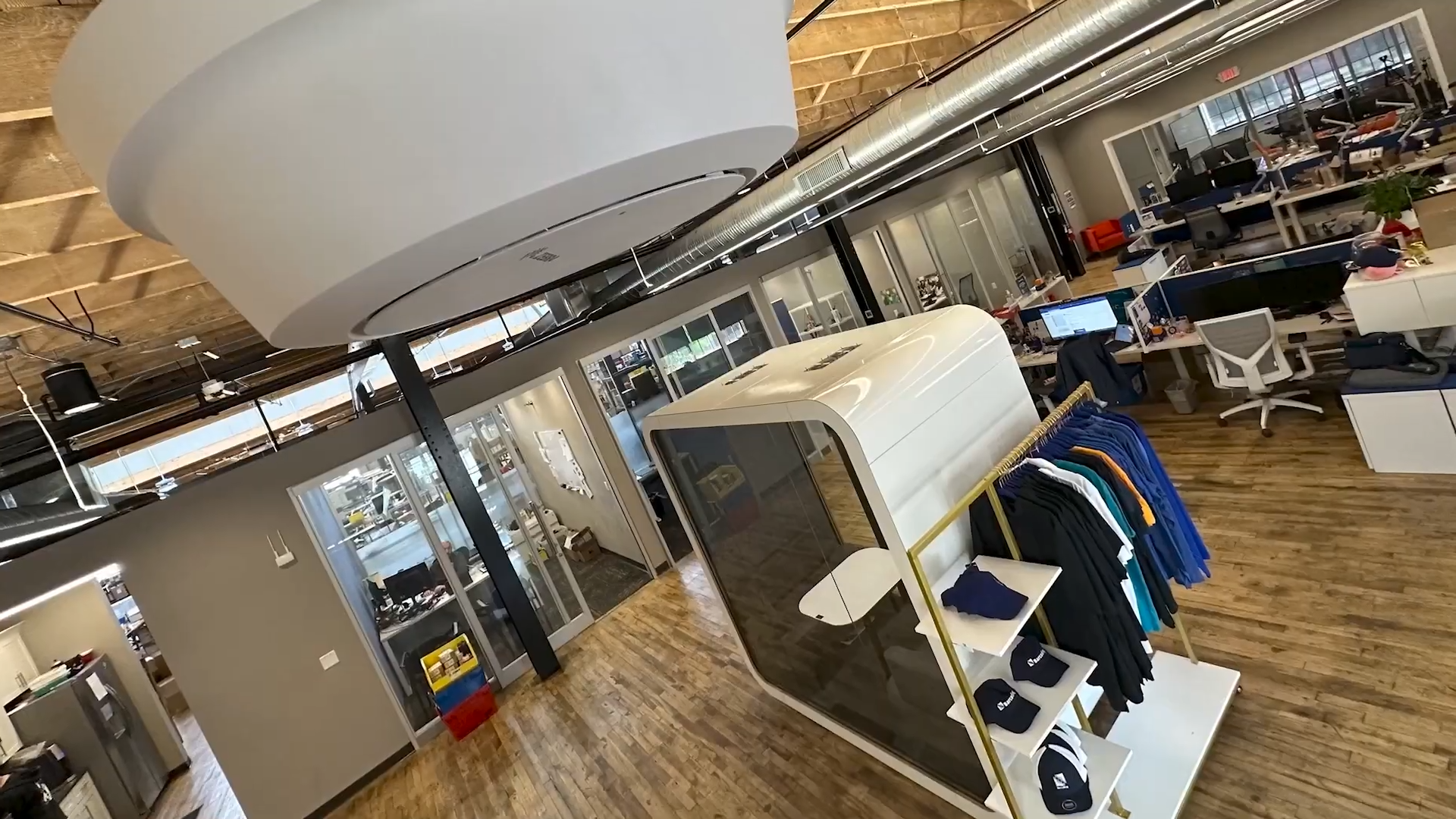Ensuring that every shipment is complete and correct is vital for operations at any warehouse or distribution center because it establishes and documents the facts: What’s in a shipment, when it moves, who’s responsible for it, and where it’s headed.
As critical as it is for customer care, it’s just as important to your internal operations to get accurate inventory. And customer satisfaction relies on your ability to get the correct products loaded on the correct truck and sent to the correct customer. You can’t optimize and streamline operations or minimize losses without accurate knowledge of every shipment’s contents.
Items can be lost, misplaced, or stolen, and lack of accountability at the outbound dock is like holding the door open for all sorts of trouble:
- Shrinkage
- Unreported damage
- Theft
- Waste
- Incorrect shipments
- Customer disputes (compliance claims)
Incorrect shipments drive up costs of shipping, logistics, labor, and materials. They can put other orders at risk by distorting inventory. They frustrate and disappoint customers, and that puts your reputation at risk. So what can you do at the dock door?
Handheld or fixed scanners can be used for shipment verification, but adding another human touchpoint to scan items, totes, or pallets can create outbound delays and bottlenecks, slowing down services and increasing costs in your warehouse or distribution center operations. This is especially true when the operator can’t easily get line-of-sight access for scanning.
And maybe you don’t have another warehouse worker to spare for that task.
Implementing RAIN RFID tracking at the outbound dock door automates outbound shipment verification and eliminates the need for manual steps or line-of-sight access, so it’s faster, more efficient, and more accurate than manual options.
How RAIN RFID Solutions Work at the Outbound Dock Door
RAIN RFID (radio frequency identification) is a wireless IoT technology; it connects objects to the internet using a system of tags and/or labels, readers, and software. RFID tags can be attached or embedded; often, they’re quite small, low-cost, and self-adhesive, so they’re easy to attach to cartons, totes, pallets, etc.
As a tagged object passes by a reader (or a reader passes a tagged item), the reader obtains data from the tag uniquely identifying the object, and the reader records this information. Dock door reader configurations are most often known as portals, whereby infrastructure is installed around the dock plate area of a dock door. In some cases, readers may also be mounted overhead, above the dock doors, to support specific use cases.
At a warehouse or DC that’s implemented RAIN technology, readers are integrated into systems throughout the facility, so that virtually every movement of an item can be tracked and recorded. At the dock door, doorways, gates, or conveyor lines, readers and gateways can be incorporated or installed overhead. An automated scan of every pallet or carton in a shipment occurs as the items pass through the RFID chokepoint. An integrated warehouse management system (WMS) verifies that the correct items leave the facility, just as indicated in the order.
The WMS can instantly update inventory levels, ensuring not only that the shipment is correct before it departs, but also that inventory is accurate and up to the minute. That real-time data can also be passed along to business applications, where it can inform better operational decision-making.
And because it’s automated and transmitted via radio frequency, there’s no need to stop and wait for a worker to perform the scan, and no missed items. Every tagged item is accounted for, identified, authenticated, and its location and movements reported.
And while you don’t typically accept deliveries at the outbound dock door, you wouldn’t want to turn away the numerous supply chain benefits RAIN RFID can help deliver, including these 14:
- Fast, error-free shipment loading with 99% accuracy
- Time-stamped proof of loading for faster dispute resolution and claims compliance
- Near-real time visibility into shipment progress
- Integration with WMS for up-to-the-minute inventory management
- Reduction of loss, theft, diversion, and shrinkage
- Improved control over shipping and logistics costs such as returns, chargebacks, fuel, etc.
- Improved process efficiency through automation and reprioritization of labor t
- Better inventory visibility and management of with first-in-first-out (FIFO) and first-expiry-first-out (FEFO) models
- Improved food safety and traceability
- Monitor and track RTIs and reusable containers
- Reduction of time and labor costs associated with handling returns, restocking, repicking, and reshipping
- Reduction of customer service time and labor burdens to solve shipping errors
- Increased brand trust and customer loyalty
- More robust data analytics to inform operational decisions
And that’s just the impact of RFID at the outbound dock door; considering the size and activity level of a typical warehouse environment, you can probably imagine several other key locations where integrating a reader would provide valuable information about inventory, movement, productivity, and other operational efficiency concerns. (If you can’t, that’s OK, too—our experts are here to show you what’s possible.)
In fact, RAIN RFID is hard at work around the clock in facilities everywhere, from first mile to last, ensuring accurate inventory, monitoring and tracking returnables, and automating processes to get work done faster, more efficiently, and more profitably. See for yourself what RAIN RFID can do: click here or below to download our free infographic today.







